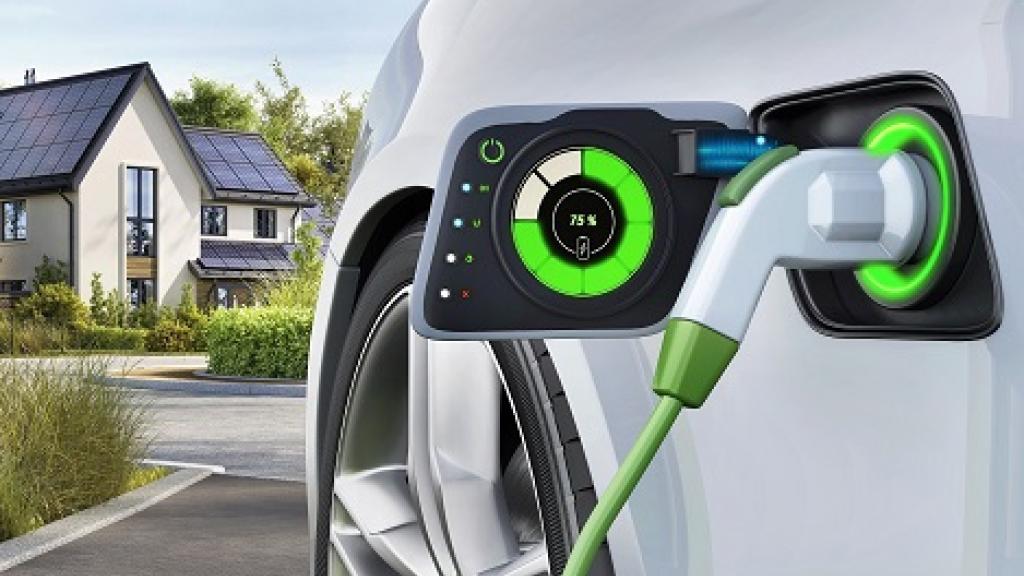
As we all know, the automotive sector - more specifically the industry of electric vehicles - has been tirelessly working on various advancements, bidirectional charging being one of them. Despite its budding status, this exciting and leading new feature is already making a name for itself. As a two-way charging process, bidirectional charging basically relies on vehicle-to-grid (V2G), vehicle-to-home (V2H) and vehicle-to-load (V2L) technology. Although the process may sound pretty straightforward, bidirectional chargers differ from standard EV chargers: they act as an inverter by converting a sourced electric current to a direct current.
Stored energy is then allowed to be used for other purposes such as the power of homes, offices, appliances or other infrastructures as well as the supply of energy into electricity grids. This could, in turn, help cut down on household or other similar electricity costs and offer a solution should a power outage ever occur. As our planet seems to be converging to electrification more and more, energy shortages are indeed a concern: the sustainable nature of two-way charging could thus save the day and prove to be more dependable.
However, with complex technology comes higher prices. As bidirectional chargers are more sophisticated, they are also more upmarket. And, albeit with their extensive array of benefits, bidirectional charging technology can only be successful with vehicles that already possess an AC/DC charging compatibility. Most electric cars presently resort to unidirectional charging but this may be about to change as several EV manufacturers - like Volkswagen, Ford, Tesla and GM - are committed to equipping their models with this latest modern feature.
Bidirectional charging technology seems to have a very bright future ahead and will gradually become an invaluable asset for every electric vehicle and EV owner.

